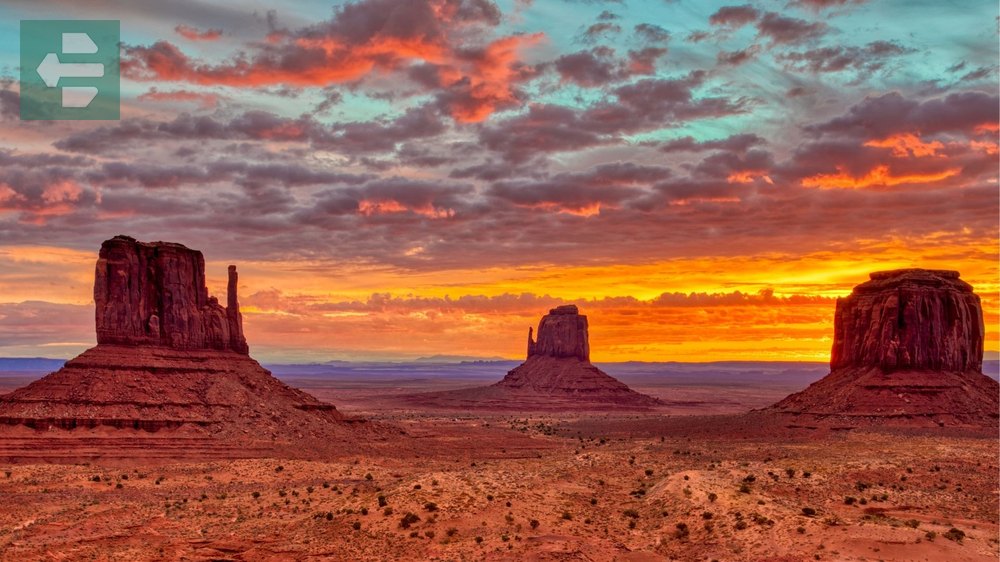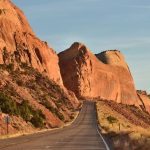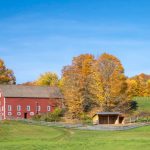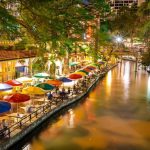January transforms America into a land of contrasts. The best places to visit in January USA stretch from sun-soaked Florida Keys to snow-capped Aspen peaks. You'll find warm beaches in San Diego, mystical red rocks in Sedona, and frozen geysers in Yellowstone.
Discover why January offers perfect timing for these incredible destinations. Each location provides unique winter experiences that will make your trip unforgettable.
List of Contents
- 1. Florida Keys: America's Caribbean
- 2. Maui Hawaii: Winter Paradise
- 3. Sedona Arizona: Red Rock Meditation
- 4. San Diego California: Endless Summer
- 5. Phoenix Arizona: Desert Warmth
- 6. Aspen Colorado: Powder Paradise
- 7. Park City Utah: Olympic Legacy
- 8. Yellowstone National Park: Winter Wilderness
- 9. Lake Tahoe California Nevada: Alpine Clarity
- 10. New Orleans Louisiana: Jazz and Warmth
- 11. New York City New York: Winter Magic
- 12. Charleston South Carolina: Southern Grace
- 13. Death Valley National Park California Nevada: Desert Solitude
- 14. Zion National Park Utah: Red Canyon Beauty
- January Awaits Your Adventure
1. Florida Keys: America's Caribbean
The Florida Keys stretch like scattered emeralds across turquoise waters. January brings perfect weather—dry skies, gentle breezes, and temperatures that hover around 75°F.
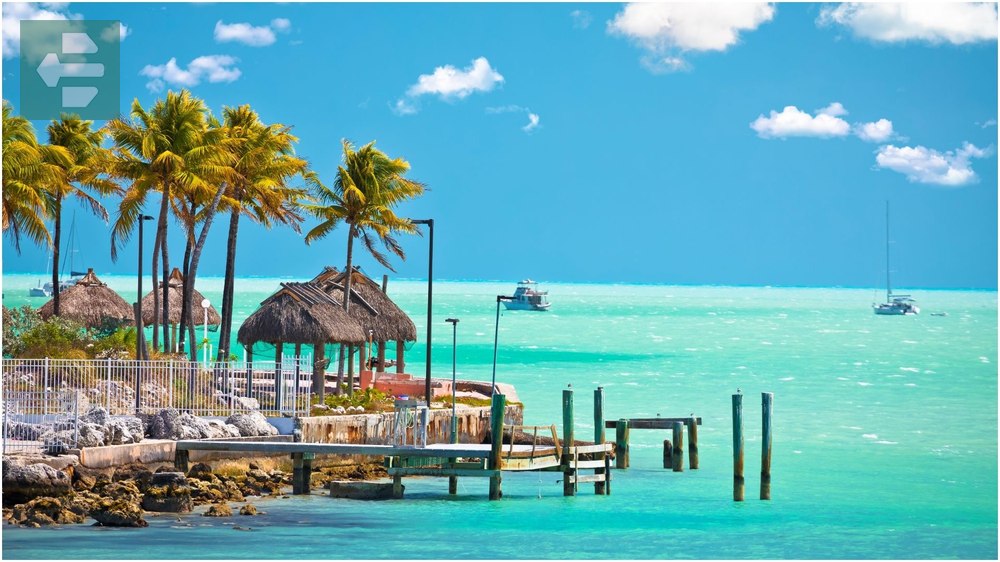
Key Largo offers the best snorkeling at John Pennekamp Coral Reef State Park. The water stays clear and warm, perfect for spotting tropical fish without the summer crowds.
Drive the Overseas Highway at sunrise. The bridges connect islands like stepping stones across an endless blue canvas. Stop at Mile Marker 88 for the postcard view that locals call “liquid sapphire.”
Quick Facts:
- Peak Season: December-April
- Getting There: Miami International Airport, then 1-hour drive
- Park Fees: From free (beaches) to $25 (state parks)
- Suggested Stay: 3-4 days
- Must-See Spots: Key West Sunset, Dry Tortugas, Bahia Honda State Park
2. Maui Hawaii: Winter Paradise
Maui in January means whale season. Humpback whales migrate here to birth their calves, creating nature's greatest show just offshore.
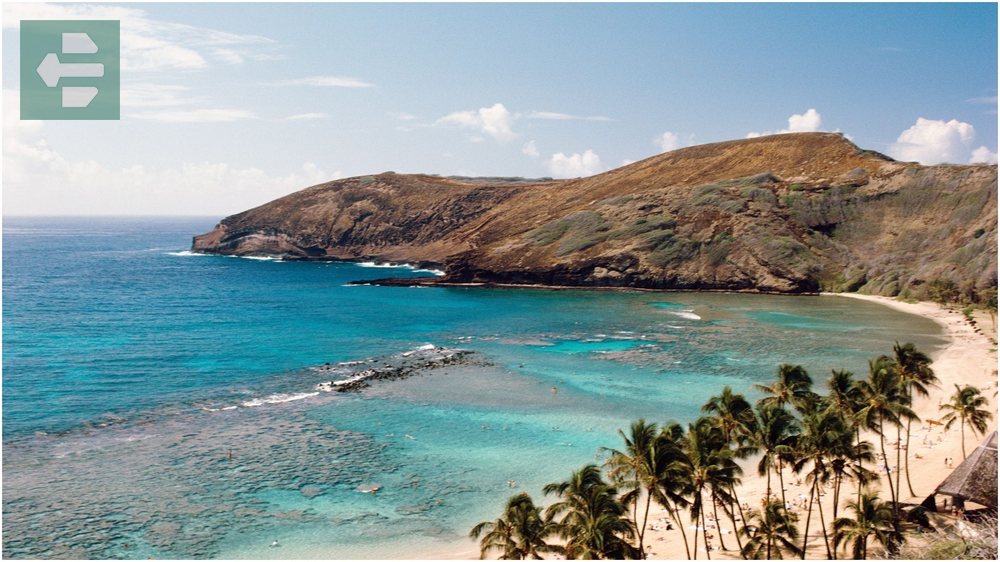
The Road to Hana becomes magical in winter. Fewer tourists mean you can actually stop at the waterfalls without fighting for photos. Bring a rain jacket—tropical showers come and go like whispered secrets.
I watched sunrise from Haleakala Crater one January morning. At 10,023 feet above sea level, you literally stand above the clouds as the world awakens below.
Quick Facts:
- Peak Season: December-April
- Getting There: Kahului Airport (OGG)
- Park Fees: From free (beaches) to $30 (Haleakala National Park)
- Suggested Stay: 5-7 days
- Must-See Spots: Haleakala Crater, Road to Hana, Iao Valley, Lahaina
3. Sedona Arizona: Red Rock Meditation
Sedona's red sandstone formations glow like ancient fires against winter's crystal-clear skies. January temperatures perfect for hiking—cool mornings, warm afternoons, zero humidity.
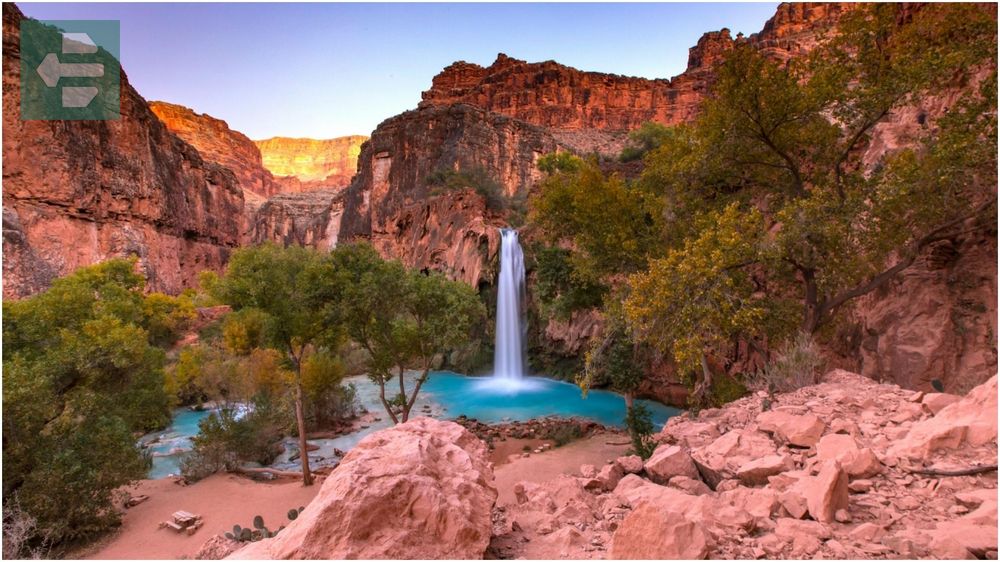
Cathedral Rock reflects perfectly in Oak Creek after rare winter rains. The image doubles the magic, creating a natural mirror that photographers dream about.
Take the jeep tours at 2 PM when the sun hits the rocks just right. Local guides know hidden spots where the red stone seems to pulse with its own heartbeat.
Quick Facts:
- Peak Season: March-May, September-November
- Getting There: Phoenix Sky Harbor Airport, 2-hour drive
- Park Fees: Red Rock Pass $5 per day
- Suggested Stay: 3-4 days
- Must-See Spots: Cathedral Rock, Bell Rock, Chapel of Holy Cross, Devil's Bridge
4. San Diego California: Endless Summer
San Diego refuses to acknowledge winter exists. January brings 70-degree days, blooming flowers, and empty beaches that stretch for miles.
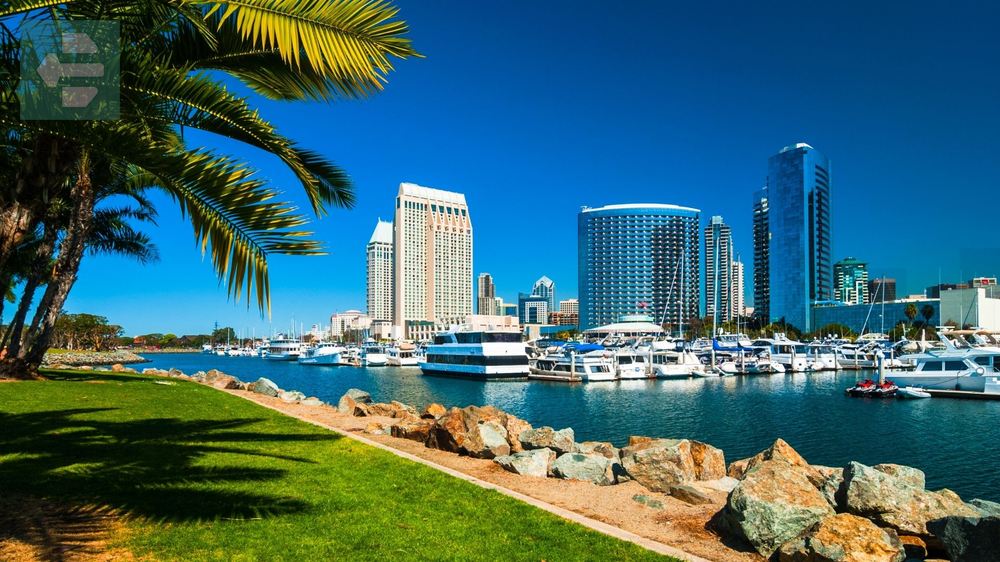
Balboa Park becomes a botanical wonderland in winter. While other cities freeze, 1,200 acres of gardens bloom with camellias, cycads, and exotic orchids.
Locals surf at La Jolla Cove year-round. The water stays around 60°F, and January swells arrive clean and consistent. Even if you don't surf, watching the sea lions bask on the rocks provides endless entertainment.
Quick Facts:
- Peak Season: June-August
- Getting There: San Diego International Airport (SAN)
- Park Fees: Free (most beaches and parks)
- Suggested Stay: 4-5 days
- Must-See Spots: Balboa Park, La Jolla Cove, Coronado Beach, Gaslamp Quarter
5. Phoenix Arizona: Desert Warmth
Phoenix transforms from summer furnace to winter paradise. January highs reach comfortable 65-70°F while most of America shivers.
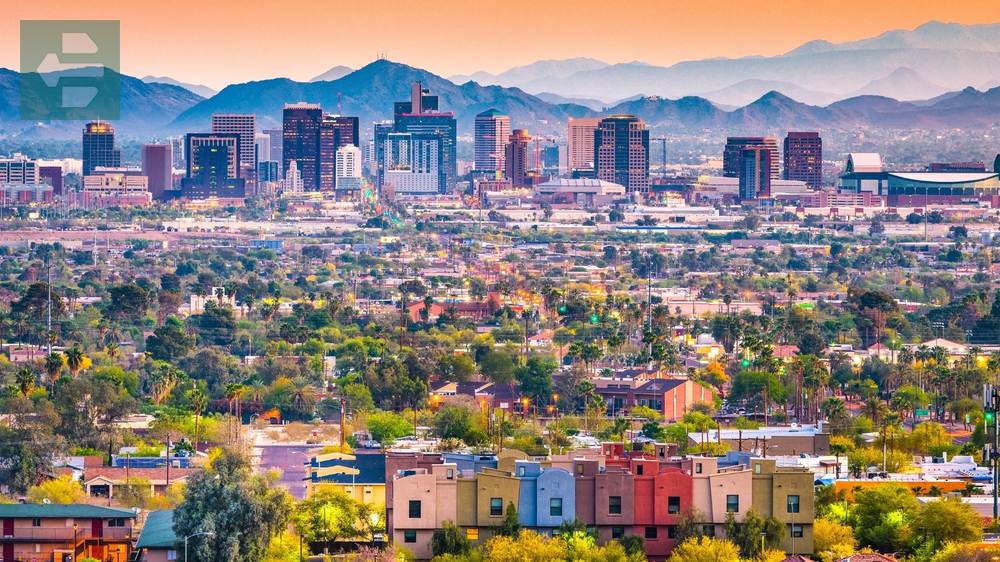
The Sonoran Desert blooms unexpectedly in winter. Palo verde trees show hints of green, and if winter rains come, desert wildflowers carpet the valleys in March. But January sets the stage.
Camelback Mountain offers the perfect winter hike. Start at sunrise to watch the desert wake up. The city sprawls below like a geometric quilt, while saguaro cacti stand sentinel against purple mountains.
Quick Facts:
- Peak Season: January-April
- Getting There: Phoenix Sky Harbor International Airport (PHX)
- Park Fees: Free (most desert parks)
- Suggested Stay: 3-4 days
- Must-See Spots: Camelback Mountain, Papago Park, Desert Botanical Garden, Scottsdale
6. Aspen Colorado: Powder Paradise
Aspen in January means champagne powder and crystalline air. Four mountains surround the Victorian town like snow-covered guardians.

Snowmass offers the best skiing for families. The runs stretch wide and gentle, perfect for building confidence. Take the gondola up even if you don't ski—the views stretch across the Elk Mountains like frozen poetry.
The town glitters at night with vintage charm. Gas lamps line streets where miners once walked, and now celebrities mingle with locals in surprisingly down-to-earth bars.
Quick Facts:
- Peak Season: December-March
- Getting There: Aspen/Pitkin County Airport or Denver International (4-hour drive)
- Lift Tickets: From $150 per day
- Suggested Stay: 4-6 days
- Must-See Spots: Aspen Mountain, Snowmass, Maroon Bells, Downtown Aspen
7. Park City Utah: Olympic Legacy
Park City combines world-class skiing with small-town charm. The 2002 Winter Olympics left a legacy of perfectly groomed runs and Olympic-quality facilities.
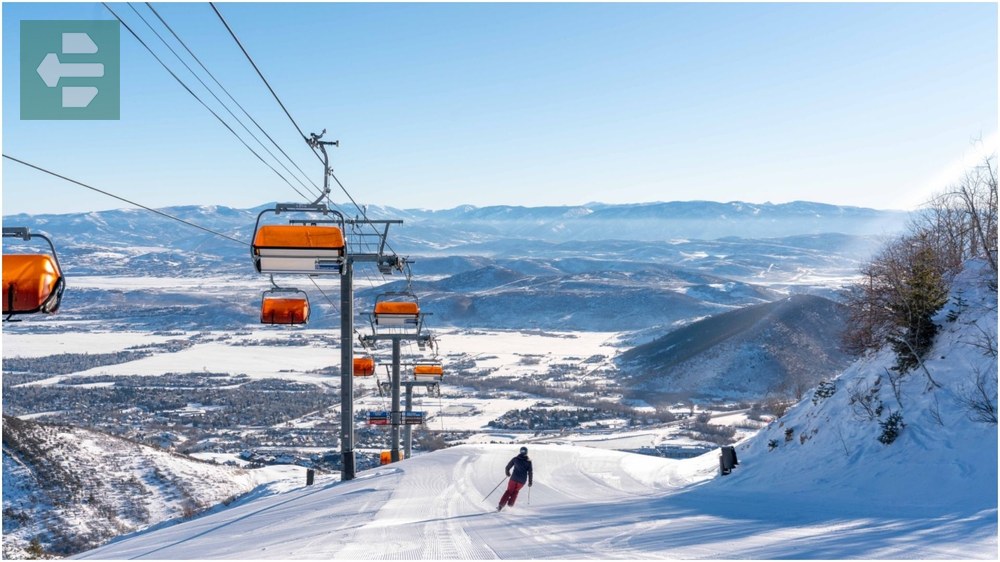
Deer Valley restricts snowboarders, creating silk-smooth conditions for skiers. The mountain limits daily tickets, so crowds never overwhelm the experience.
Main Street preserves its mining heritage with wooden sidewalks and historic buildings. Local breweries serve craft beer that tastes better at 7,000 feet elevation—something about the thin air.
Quick Facts:
- Peak Season: December-March
- Getting There: Salt Lake City Airport, 45-minute drive
- Lift Tickets: From $129 per day
- Suggested Stay: 4-5 days
- Must-See Spots: Deer Valley, Park City Mountain, Historic Main Street, Olympic Park
8. Yellowstone National Park: Winter Wilderness
Yellowstone in winter reveals its wild heart. Snow transforms the landscape into something prehistoric, and geothermal features create an otherworldly contrast.
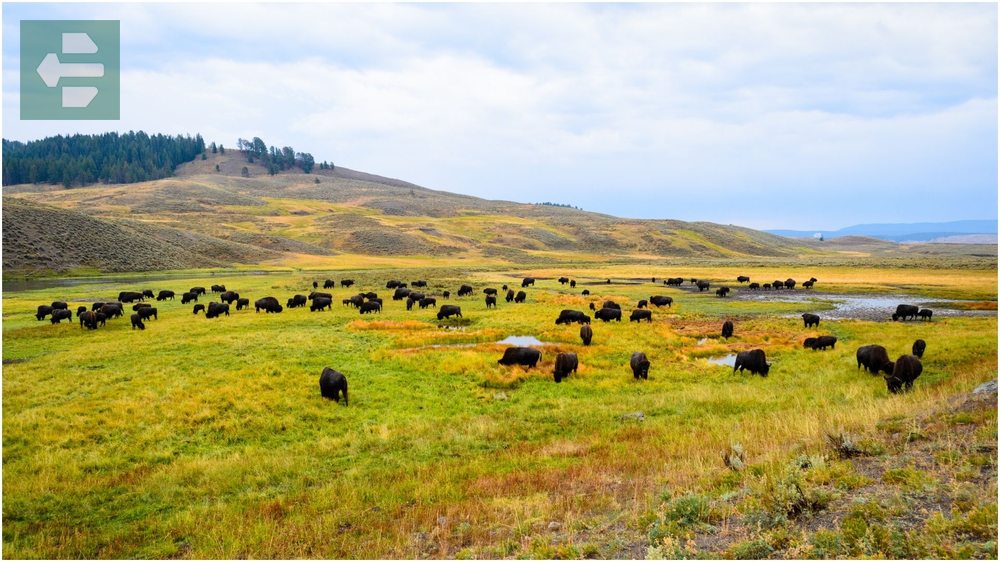
Old Faithful erupts against snow and steam clouds. The geyser's 180-degree water meets air that's often below zero, creating instant vapor sculptures that disappear into the wind.
Bison trudge through snow drifts like prehistoric survivors. Their massive forms cut dark silhouettes against white expanses, reminding visitors that this remains untamed country.
Quick Facts:
- Peak Season: June-August (Summer), December-February (Winter activities)
- Getting There: Jackson Hole Airport or Billings Logan Airport
- Park Fees: $35 per vehicle (7 days)
- Suggested Stay: 4-5 days
- Must-See Spots: Old Faithful, Grand Prismatic Spring, Lamar Valley, Grand Canyon of Yellowstone
9. Lake Tahoe California Nevada: Alpine Clarity
Lake Tahoe's cobalt waters never freeze, creating a stunning contrast with snow-covered peaks. January brings the clearest views across the 22-mile-long alpine lake.
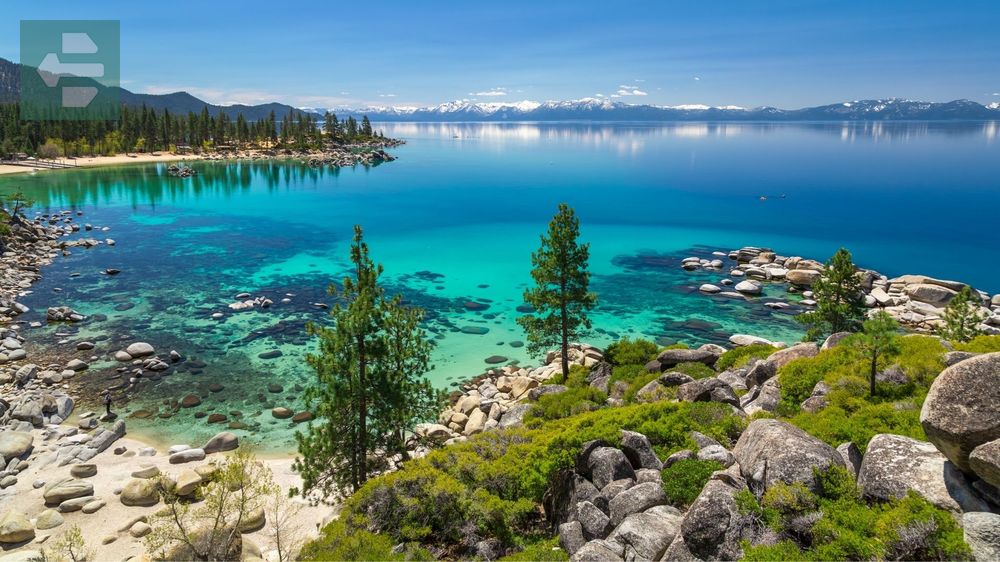
Emerald Bay looks like a postcard come to life. The granite peaks reflect perfectly in still water while snow dusts the surrounding forest like powdered sugar.
Local tip: Drive the loop early morning when traffic is light and shadows are long. Stop at inspiration Point for the view that launched a thousand Instagram posts, but experience it without the summer crowds.
Quick Facts:
- Peak Season: July-August (Summer), December-February (Winter sports)
- Getting There: Reno-Tahoe Airport or Sacramento Airport
- Park Fees: Varies by activity (parking fees $10-15)
- Suggested Stay: 3-4 days
- Must-See Spots: Emerald Bay, Heavenly Village, Northstar, Crystal Bay
10. New Orleans Louisiana: Jazz and Warmth
New Orleans in January means mild temperatures and endless music. The city shakes off holiday hangovers and settles into its natural rhythm.
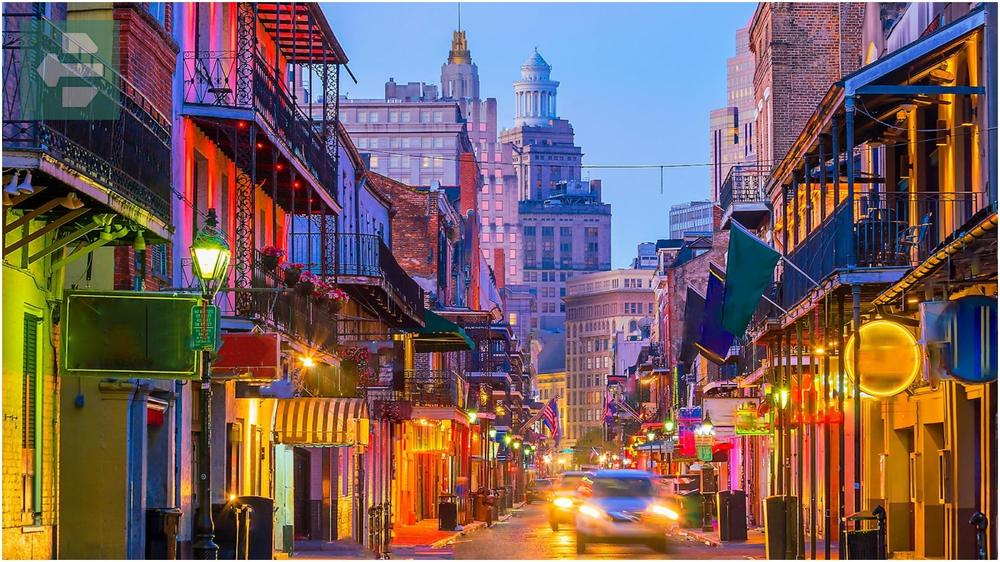
The French Quarter feels more authentic without summer's crushing humidity and tourist crowds. Street musicians play longer sets, and you can actually walk the narrow sidewalks without fighting traffic.
I discovered the best jazz at Preservation Hall during a quiet January evening. The intimate venue holds maybe 100 people, and the music flows like liquid gold in the flickering candlelight.
Quick Facts:
- Peak Season: February-May
- Getting There: Louis Armstrong New Orleans International Airport (MSY)
- Park Fees: Free (most attractions charge separately)
- Suggested Stay: 3-4 days
- Must-See Spots: French Quarter, Garden District, Bourbon Street, Magazine Street
11. New York City New York: Winter Magic
New York City transforms in January. The holiday decorations disappear, leaving the city's raw energy exposed like winter-bare branches.
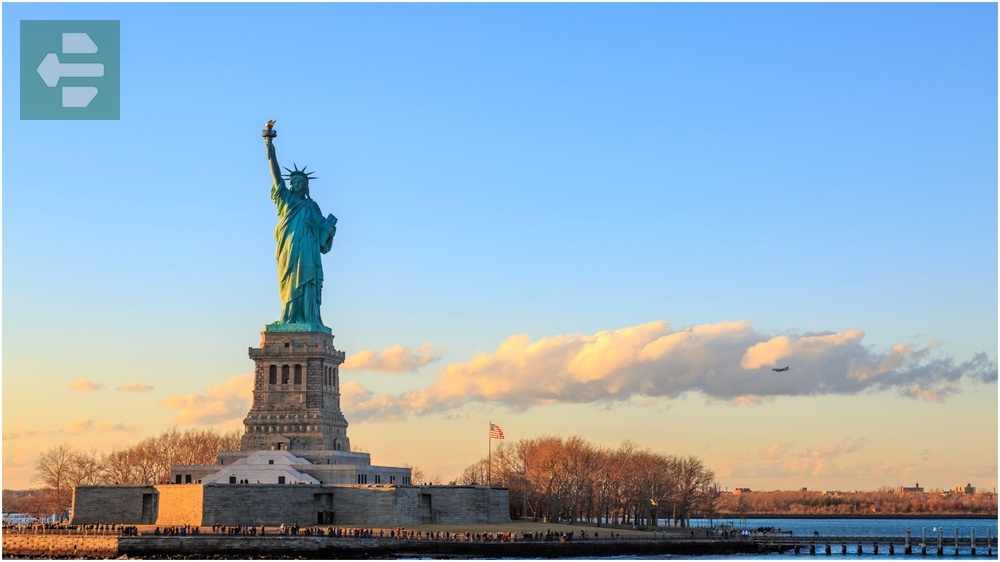
Central Park becomes a winter wonderland after snowfall. The Bethesda Fountain and Bow Bridge create perfect photo opportunities, while locals ice skate at Wollman Rink.
Broadway shows have more tickets available, and restaurants offer January deals. The city that never sleeps moves a little slower, making it easier to catch your breath and notice details.
Quick Facts:
- Peak Season: April-June, September-November
- Getting There: JFK, LaGuardia, or Newark airports
- Park Fees: Free (most parks), attractions vary
- Suggested Stay: 4-6 days
- Must-See Spots: Central Park, Times Square, Brooklyn Bridge, High Line
12. Charleston South Carolina: Southern Grace
Charleston wears winter like a light sweater—comfortable and elegant. January temperatures hover around 60°F, perfect for walking the historic streets without summer's oppressive humidity.
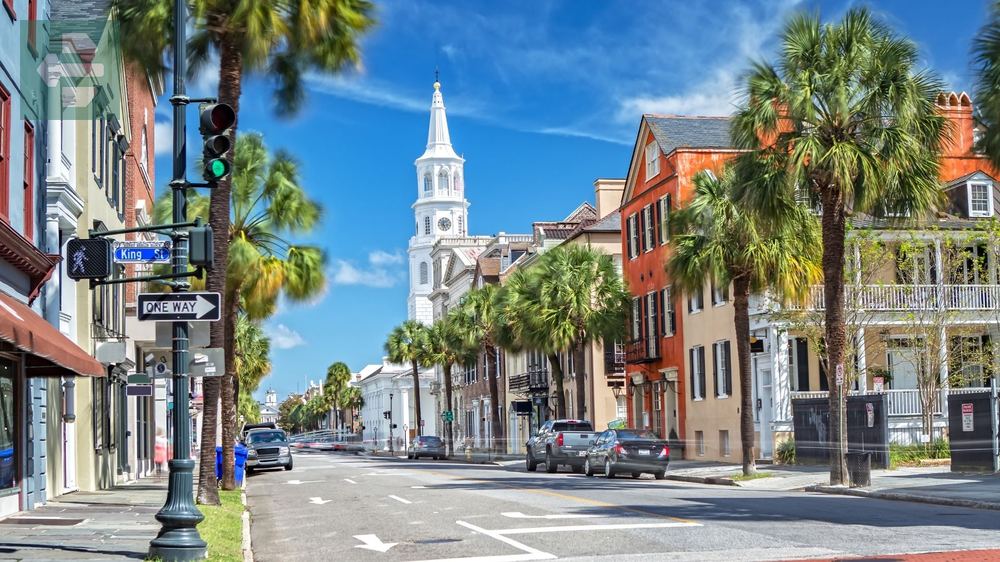
Rainbow Row's pastel houses look even more charming against winter's softer light. The colors seem more saturated, like watercolors that haven't quite dried.
Take carriage tours in January when horses aren't stressed by heat. The guides share stories at a leisurely pace, and you can actually hear them over the clip-clop of hooves on cobblestones.
Quick Facts:
- Peak Season: March-May, September-November
- Getting There: Charleston International Airport (CHS)
- Park Fees: Free (historic district), house tours $15-25
- Suggested Stay: 2-3 days
- Must-See Spots: Rainbow Row, French Quarter, Magnolia Plantation, Fort Sumter
13. Death Valley National Park California Nevada: Desert Solitude
Death Valley in January offers perfect hiking weather in America's hottest place. Daytime temperatures reach comfortable 65-70°F instead of the 120°F summer furnace.
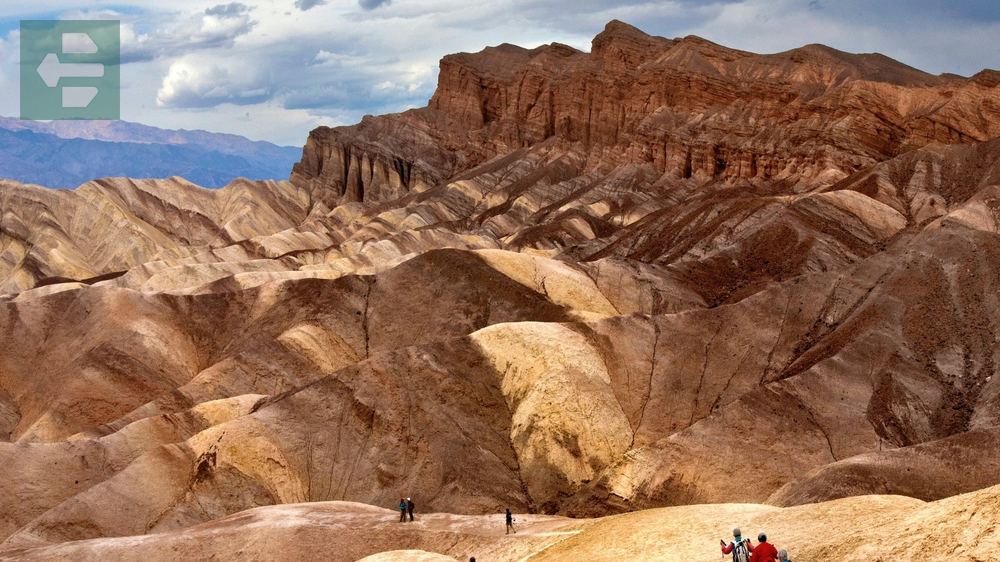
Badwater Basin sits 282 feet below sea level, creating an otherworldly salt flat that stretches to distant mountains. The silence here is absolute—a rare commodity in our noisy world.
Zabriskie Point provides sunrise views that photographers travel thousands of miles to capture. The golden badlands glow like alien terrain in the early light.
Quick Facts:
- Peak Season: November-March
- Getting There: Las Vegas Airport, 2.5-hour drive
- Park Fees: $30 per vehicle (7 days)
- Suggested Stay: 2-3 days
- Must-See Spots: Badwater Basin, Zabriskie Point, Artist's Palette, Mesquite Flat Sand Dunes
14. Zion National Park Utah: Red Canyon Beauty
Zion's towering sandstone cliffs provide shelter from winter winds, creating a microclimate perfect for January hiking. The Virgin River flows year-round, offering water sounds that echo off canyon walls.
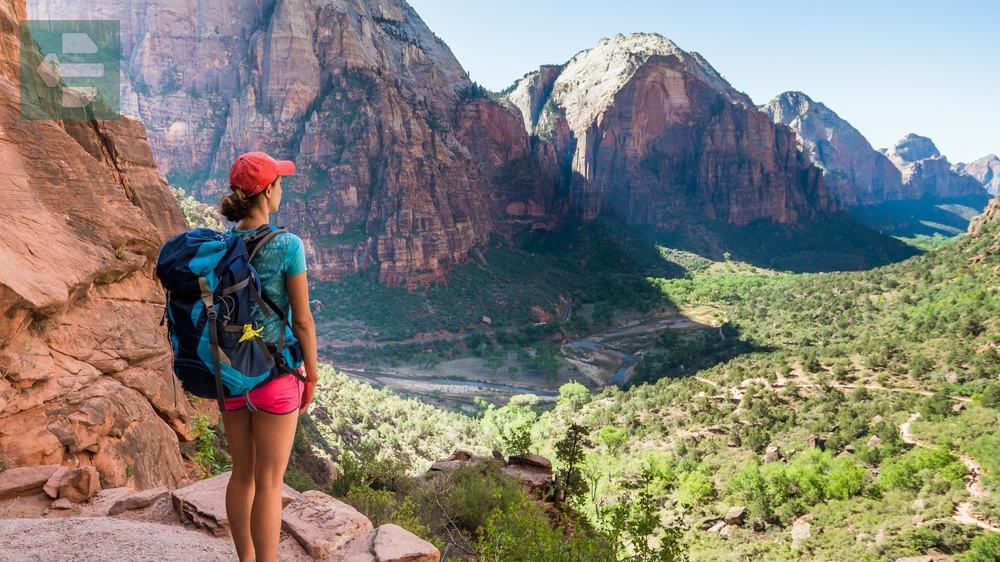
Angels Landing challenges experienced hikers with chains and narrow ridges. January's cooler temperatures make the strenuous climb more manageable than summer's scorching heat.
The Narrows become even more beautiful in winter. Lower water levels reveal sculptured canyon walls, though water temperatures require dry suits for full exploration.
Quick Facts:
- Peak Season: April-October
- Getting There: Las Vegas Airport, 2.5-hour drive
- Park Fees: $35 per vehicle (7 days)
- Suggested Stay: 2-3 days
- Must-See Spots: Angels Landing, The Narrows, Emerald Pools, Canyon Junction Bridge
January Awaits Your Adventure
Winter transforms America into its most authentic self. These best places to visit in January USA offer experiences impossible during any other season.
Pack light layers and an adventurous spirit. January rewards travelers who seek beauty without crowds, warmth without sweltering heat, and memories that last lifetimes.
Your perfect January escape waits somewhere on this list. The question isn't whether to go—it's which destination calls to you first.
